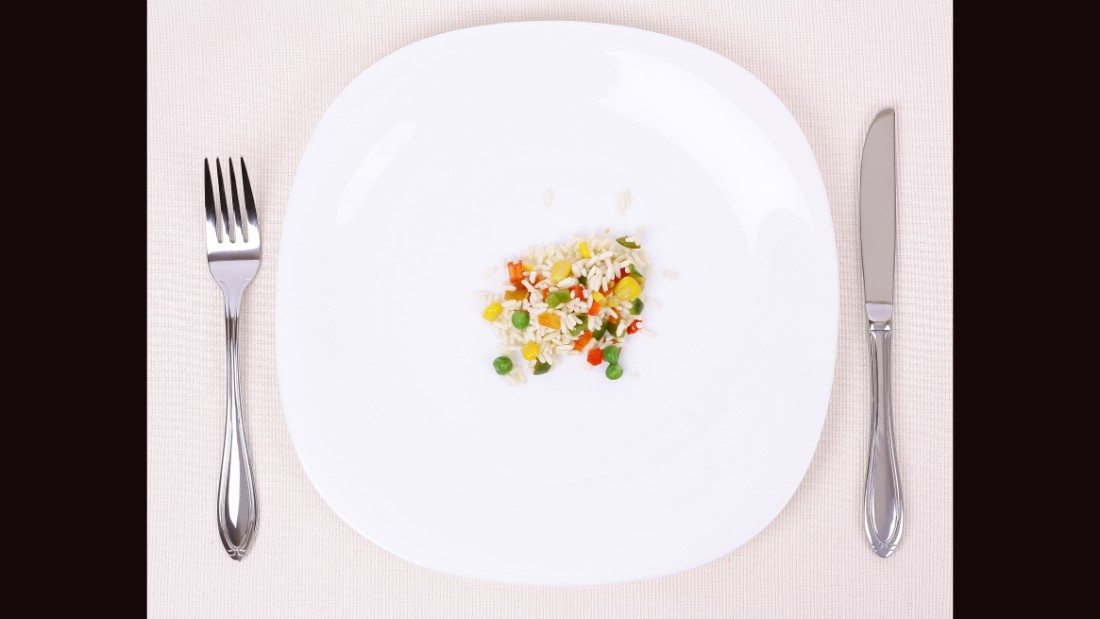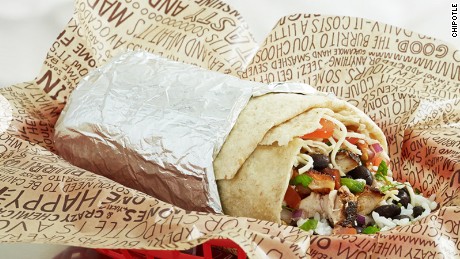
( CNN) Many chain eateries and fast-food joints now post calorie information on their menus, even before they will be required to by federal constitution at the end of 2016, establishing it obvious how calorie-laden their banquets can be.
All Restaurants Have Crazy Calorie Counts, Not Just Fast Food Chains
You possibly don’t expect every snack you eat at a restaurant to contain a large number of calories. Sure, the occasional fast food cheater dinner might be excessive, but your neighbourhood farm-to-table plaza feeds you well, right?
According to brand-new study from Tufts University, nearly all restaurant banquets — whether from a fast food seam or the luxurious confines of a Michelin-reviewed kitchen — contain way too many calories.
The study, published in the Journal of the American Academy of Nutrition and Dietetics, evaluated 364 eatery banquets from both huge chain and local eateries and a variety of cuisines, acquiring that 92 percent of them outperform the recommended calorie requirements for a single meal.
What’s more, one third of these banquets transcended the vitality requirement for an entire day. And, just as a reminder, the meals didn’t include typical eatery accompaniments, like beverages, appetizers or dessert.
We be required to take control of our plates.
The investigates did not go into why eatery dishes are so caloric, but it’s not hard to come up with a guess: sugar, fatten and salt obligate occasions savor better. A chef’s priority is to form nutrient delightful, so “theyre using” more of the stuff that also reaches nutrient more caloric.
What’s more, parcel sizings all but warranty overeating. In a 2015 consider from Cornell’s Food and Brand Lab, researchers did not find any connect between the uptake of junk foods and being overweight. Instead, it is the size of the banquets that most has participated in America’s obesity epidemic.
This isn’t a thrusting at the artful piece that restaurant staffers do. It’s a reminded to eat more food at home, and to be mindful of the parcel on your dish. You might consider boxing up half of a meal to have for lunch the following, rather than scarfing everything there is down on a full stomach to make the most of your spent money.
“Although fast-food eateries are often the most wonderful targets for criticism because they provide information on their component sizings and calories, small-time eateries typically supply just as many calories, and sometimes more, ” said Susan B. Roberts, Ph.D ., head of the Energy Metabolism Laboratory at the Jean Mayer USDA Human Nutrition Research Center on Aging at Tufts in a statement.
And eateries need to change, too.
We need to take a musing pause and reconsider how we destroy: In 2015, Americans spent more on dining out than groceries for the first time on record.
Bf we want to continue enjoying food outside of our residences but improve our health, eatery practises will need to change, more. Legislation that stirs it possible for customers to ordering smaller-sized parcels could be a successful start, analyse co-author William Masters, Ph.D ., prof of meat financials at the Friedman School, was indicated in the study’s press release.
“Customers could then order anything on the menu in a more appropriate size, and be able to eat out more often without weight gain.”
While you wait for restaurant dinners to come in healthier sizes, you might consider making the largest part of your meals at home. Besides being less caloric, analyses establish home-cooked dinners are nutritionally healthier and socially beneficial, more.
Here’s some dinner inspiration to get you started:








